A complete gaming setup is often the difference between victory and defeat, especially if you’re a hardcore PC gamer. And a gaming setup is not just about your CPU and powerful graphics card, as many assume.
A gaming monitor is another vital element of every professional gaming setup you can’t overlook. Whether you love playing competitive first-person shooter games (such as Apex Legends) or the popular battle royale games, the best gaming monitor gives you an edge over your competitors. But what makes up a good gaming monitor? Can’t I use my regular PC monitor instead?
You must have these questions in mind, which prompted me to prepare this detailed guide.
Read this article to check my top recommendations for the best gaming monitors. An extensive buying guide will help you learn more about these monitors and make an informed decision.
Related: Best Gaming Laptop – 7 Machines for All Budgets in 2023
Table Of Contents
- 1 6 Amazing Gaming Monitors: Reviewed in Detail
- 2 Is A Gaming Monitor The Same As A Computer Monitor?
- 3 Do Gaming Monitors Perform Better Than Regular Monitors?
- 4 Best Overall Gaming Monitor
- 5 Best Budget Gaming Monitor
- 6 Best Premium Gaming Monitor
- 7 Best 4k Gaming Monitor
- 8 Best 144hz Gaming Monitor
- 9 Best 240hz Gaming Monitor
- 10 Conclusion
- 11 Best Gaming Monitor FAQs
6 Amazing Gaming Monitors: Reviewed in Detail
- Best Overall: ASUS TUF Gaming 32″ 1080P Curved Monitor
- Best Budget: ViewSonic OMNI VX2768-2KP-MHD 27″ 1440p 1ms 144Hz
- Best Premium: SAMSUNG 32″ Odyssey Neo G8 4K UHD 240Hz 1ms Curved Monitor
- Best 4k: SAMSUNG 28″ Odyssey G70A
- Best 144hz: Viotek GFV22CB Ultra-Compact 22-Inch 144Hz
- Best 240hz: GTEK 240Hz Gaming Monitor
Is A Gaming Monitor The Same As A Computer Monitor?
No, a gaming monitor is different from your regular computer monitor. Here are some significant factors that distinguish both displays.
-
Responsiveness
Compared to regular displays, gaming monitors offer a quick reaction time and faster refresh rates. It matters when you want to react instantly and without delay.
-
Design
Gaming monitors are frequently made appealing, although office or regular monitors focus less on design and appearance. You can also discover well-known curved screen alternatives in gaming monitors, unlike computer monitors.
Related: Best White Gaming Monitors in 2023
-
Panel
Coming to the panels, gaming monitors usually have an IPS panel. IPS panels provide better response times. On the other hand, TN or VA panels are found in computer monitors, due to which you may experience lagging or a poor response rate while working.
-
Resolution
Gaming monitors have some visual and color accuracy limitations. They make up for it by operating more quickly and providing a more enjoyable gameplay experience.
In contrast, the resolution of static images will be higher on regular computer monitors. Still, they won’t be able to run games at 175 Hz without any frame rate lag.
Do Gaming Monitors Perform Better Than Regular Monitors?
The answer is an unquestionable “yes” if you’re explicitly referring to playing video games. Due to its game-specific characteristics, a gaming monitor will perform better than a standard office screen.
Related: How Much Does a Gaming PC Cost? Off The Shelf vs. Building
What Difference Can A Gaming Monitor Make?
Your games will likely run faster than a typical, everyday display, assuming that your PC can run them at a high enough framerate.
One of the areas that will matter is that this can cause obtrusive screen tearing.
What Features To Look For While Purchasing A Gaming Monitor?
Without any doubt, you’ll have to figure out how to navigate the thousands of choices accessible, regardless of your degree of gaming experience.
But which qualities should be prioritized? You can save time and money by determining this before looking through every gaming monitor brand and model.
In light of this, the following are some crucial factors to consider when purchasing a gaming monitor and things to watch out for to avoid purchasing this expensive brick.
-
Screen Size
24″ and 27″ size monitors are primarily suitable for gaming. A monitor in this category lets you see everything all at once, which is essential for competitive gaming since you’ll often sit approximately 3 to 4 feet from the screen.
One factor to remember is the connection between screen size, resolution, and pixel density. In principle, the quality of an image increases with the number of pixels per inch (PPI).
Related: Best Monitor Size for Gaming And 6 Top Picks in 2023
-
Resolution
Resolution is known as the monitor’s pixel count. Higher resolutions will look better but also need more horsepower from the GPU.
The screen’s resolution depends entirely on your graphics card’s capabilities. For instance, purchasing a 4K monitor is pointless if your graphics card can only support a 1080p resolution.
The only exception could be if you intend to upgrade shortly and wish to “future-proof” by purchasing a higher-resolution monitor before purchasing the new GPU.
Look for a display that aims for 1440P. Although some video games and graphics cards can render at 4K, four times the quality of 1080p, it can significantly adversely affect overall efficiency.
-
Refresh Rate & Response Time
The refresh rate of monitors has evolved into a complex topic that is just as significant as resolution.
This is the number of times an image is displayed on a monitor each second. The cleaner the game appears, the higher the reported refresh rate.
Thus, as long as the game allows, you can play at 120 frames per second if you see a 120Hz monitor. While 60 Hz is sufficient for single-player games (e.g., God of War, Before Your Eyes, etc.), competitive multiplayer games nearly always require 120 Hz or 144 Hz.
In comparison, e-sports gaming monitors typically require 240 Hz or more.
Response time, adding to refresh rate, is a crucial consideration. It determines how quickly a monitor’s pixels transition from one color to the next. Usually, a lower number is preferable because a slow response time might result in ghosting and other visual distortions.
Note: A standard monitor response time is 4 or 5 milliseconds.
The monitor will appear more sensitive the faster the response time. For 120hz/144hz, anything with a GTG response time of less than 5ms is acceptable; however, some games primarily require response times of 1ms or less.
-
Anti-Tearing Technology
Whenever the refresh rate of the display and the frame rate of the video created by a GPU are out of sync, screen tearing happens. Consequently, a diagonal tear will appear across the screen because one frame’s top and bottom portions will be concurrently presented on the monitor.
NVIDIA’s G-Sync and AMD’s FreeSync are the two anti-tearing solutions offered for gaming monitors.
Both technologies are present in specific monitors but absent from others. Both methods accomplish the same task, letting the graphics card regulate the monitor’s refresh rate.
A new frame is provided every moment the screen refreshes because the display’s refresh rate matches the pace at which the graphics card renders frames.
-
Inputs
HDMI and DisplayPort are the only two pertinent inputs for a gaming monitor. You should only attach a gaming monitor to your gaming setup using these two ports because they are the only ones that support FHD, QHD, UHD, and HDR resolutions.
Since previous models of HDMI and DisplayPort have limitations on the quality and frame rate of the footage they can support, a gaming monitor must be equipped with a minimum of one HDMI 2.1 port or one DisplayPort 1.4 port.
-
Panel Type
Truthfully, some of you will place a lot of importance on the panel type, but as long as you fulfill the other specifications you require or want, you don’t need to give it any thought.
There are mainly three-panel types of gaming monitors.
- IPS (In-Plane Switching) Panels: These might be expensive for additional features, but they often provide superb color reproduction, strong contrast, and rapid response times.
- TN (Twisted Nematic) Panels: These are more affordable. However, they don’t perform well in color rendering or viewing angles.
- VA (Vertical Alignment) Panels: These have excellent contrast, but they frequently perform less efficiently than TN and IPS when it comes to gaming and is, therefore, not strongly advised.
Depending on your needs and financial situation, you’ll probably be forced to choose between the first two.
There is no issue with either, but if you choose between two different panel types, you should know which one you prefer.
-
Color Accuracy
This represents the total number of colors a screen can faithfully depict (or display). Images on monitors with better color accuracy will be more vivid.
The most popular color gamuts are NTSC, Adobe sRGB, and DCI-P3. It’s typically expressed as a percentage concerning the selected color gamut. At least 50% NTSC for gaming should be sufficient, though the higher, the better.
-
Cost
The cost is another factor that would narrow your search concerning the best gaming monitor.
Budget gaming monitors begin in the sub-$200 range, but at that price point, features must be sacrificed. At that price level, monitors are frequently smaller, 1080p is the only resolution available, and you must decide between features like a nice-looking screen and a quick refresh rate.
Related: Best Gaming Monitor Under $300
However, around the $400 price point, many excellent options have outstanding images and high reliability.
Best Overall Gaming Monitor
ASUS TUF Gaming 32″ 1080P Curved Monitor
Specifications
- Screen Size and Aspect Ratio: 32-inch, 16:9
- Resolution: 2560 x 1440
- Panel type: VA
- Refresh rate: 165Hz
- Response Time (GTG): 1ms
- Adaptive-Sync: AMD FreeSync
The first gaming monitor on the list is this 32″ TUF 1080p curved monitor from ASUS. A mainstream-segment monitor has covered all the bases to give gamers a pleasant gaming experience, for example, a big screen (for multiplayer games), a curved panel, and a fast variable refresh rate.
The monitor features ASUS’s Extreme Low Motion Blur (ELMB) technology. It eliminates motion blur and smearing, making objects in motion look sharper, coupled with an excellent contrast ratio that produces deep blacks, like most VA monitors. Thus, the image won’t stutter even if seen at an angle.
Moreover, it’s one of the few screens on the marketplace that enables both black frame insertion and FreeSync simultaneously. Thus, rest assured of significantly fewer to no lags during your gameplay.
The response speed of the monitor is equally good, which would help you enjoy your game to the fullest. There is a flicker-free backlight as well. However, whenever the frame rate dips below 40 FPS, this functionality doesn’t function very well, leading to significant backlight strobing.
The refresh rate, it’s 165Hz which curtails lag in your games, especially in first-person shooters, racers, real-time strategy, and sports. To further enhance your gaming experience, ASUS has provided its GamePlus technology that offers numerous in-game enhancements. For instance, FPS counter, display alignment, crosshair, etc.
Pros
- FreeSync technology eliminates tearing frame rates.
- 165Hz refresh rate is excellent for intense games.
- Built-in Shadow Boost improves the visual details in shadowy places.
- Excellent response time.
Cons
- Angle reduces the accuracy of the image.
- Significant strobing of the backlight at slow refresh rates.
Check the Asus 32″ TUF 1080p curved monitor’s latest prices on Amazon
Best Budget Gaming Monitor
ViewSonic OMNI VX2768-2KP-MHD 27 Inch 1440p 1ms 144Hz
Specifications
- Screen Size and Aspect Ratio: 27-inches, 16:9
- Resolution: 2560 x 1440
- Panel type: In-Plane Switching (IPS)
- Refresh rate: 144Hz
- Response Time (GTG): 1ms
- Adaptive-Sync: AMD FreeSync
The next game-ready monitor is ViewSonic’s 1440p – 144Hz IPS gaming monitor. Even though it offers relatively few extra gaming capabilities than other monitors on the list, it still delivers a beautiful gameplay experience. I experienced low input lag, quick response time, and excellent compatibility with AMD’s FreeSync tech during its trial.
Its higher refresh rate eliminates screen tearing and is worth the expense.
The ViewSonic VX2768-2KP-build MHD’s quality is respectable and sufficient for a budget device. There are no irregular joints or border gaps, and the polymers used are sufficiently strong to avoid breaking.
Various color temperature settings (I advise choosing either Native or sRGB based on your desire) and Color Range, which must be adjusted from the default setting of “Auto” to “Full Range,” are significant image alteration features you get at this reasonable price.
If you’re someone like me who spends an extended period of time gaming, the monitor’s flicker-free and blue light filter are your eye’s savior.
Though this particular monitor has a 27″ screen size, you can opt for a smaller 24″ option or a large 32″ screen, depending on your budget.
Pros
- Fantastic response time and minimal input latency.
- More consistent black frame than most monitors.
- Excellent color gamut.
- Stunning Quad HD (QHD) resolution
Cons
- Faulty ergonomics.
- Lacks additional gaming features
Check the ViewSonic VX2768-2KP’s latest prices on Amazon
Best Premium Gaming Monitor
SAMSUNG 32″ Odyssey Neo G8 4K UHD 240Hz
Specifications
- Screen Size and Aspect Ratio: 32-inches, 16:9
- Resolution: 3840 x 2160
- Panel type: Vertical Alignment
- Refresh rate: 240Hz
- Response Time (GTG): 1ms MPRT
- Adaptive-Sync: G-Sync
If you’re looking for a premium option, I recommend this! Due to its outstanding contrast, select colors, excellent refresh rate, and 4K resolution, the Samsung Odyssey Neo G8 is among the best gaming screens you can get.
As may happen anytime with huge panels, the 32-inch diagonal is high enough to be engrossing without overpowering. The G8 produces extremely crisp images because of the 4K resolution’s exceptional density level of 137.68 PPI. It’s the best in its class!
You can play your favorite video games in SDR mode and enjoy realistic colors, great textures, and an abundance of punch and vitality. And guess what? There is no lag at all.
If you change to HDR, you’ll receive more in every way, coupled with the subtle lighting subtlety you often don’t get from other gaming monitors.
Except for the most demanding esports players, the 240Hz refresh rate is more than enough, and the motion on this screen is fluid and crisp. The combination of that with excellent image quality and superb resolution results in an upper gameplay experience.
Pros
- Outstanding contrast quality in SDR and HDR.
- Superior colors.
- A curved screen, high refresh rate, and high resolution.
- Attractive design with lots of flexibility.
Cons
- A pricey graphics card is required.
- Unsatisfactory RGB LEDs.
Check the SAMSUNG 32″ Odyssey Neo G8’s latest prices on Amazon
Best 4k Gaming Monitor
SAMSUNG 28″ Odyssey G70A
Specifications
- Screen Size and Aspect Ratio: 28-inches, 16:9
- Resolution: 3840 x 2160
- Panel type: In-Plane Switching (IPS)
- Refresh rate: 144Hz
- Response Time (GTG): 1ms
- Adaptive-Sync: G-Sync
Available in three sizes – 27-inch, 28-inch, and 32-inch, this Samsung Odyssey G70A is the most recent in a distinguished line of Odyssey gaming monitors with an ultrawide 21:9 aspect ratio for an extended view during gameplay.
Moreover, this is Samsung’s most recent entry into a marginally different sector. I must say, it did a pretty good job here as well. And here’s why.
The G70A delivers 144Hz gaming for PCs and 4K 120Hz support for PS5 and Xbox Series X customers, thanks to HDMI 2.1 compatibility. Thus, the monitor can do it for console and PC players.
Samsung’s “Low Input Lag” mode highlights include practically no ghosting and excellent motion control for images in motion. With a fantastic response time of GTG 1ms, be ready to receive info as fast as possible!
If you like gaming inside a dark room, the two front-facing light panels will intensify your experience by decking up the surroundings. Not to forget about NVIDIA’s G-Sync compatibility. It keeps the GPU and panel synced, eliminating choppiness, screen lag, or image tears.
Overall, this monitor is excellent for games that call for quick responses.
Pros
- Stable and stutter-free action scenes.
- Vibrant and practical panel.
- Stunning visual experience.
- Core color customization.
Cons
- Average build.
- Inadequate connectivity has given the cost.
Check the Samsung Odyssey G70A’s latest prices on Amazon
Best 144hz Gaming Monitor
Viotek GFV22CB Ultra-Compact 22-Inch 144Hz
Specifications
- Screen Size And Aspect Ratio: 22-inches, 16:9
- Resolution: 1920 x 1080
- Panel type: Vertical Alignment (VA)
- Refresh rate: 144Hz
- Response Time (GTG): 5ms
- Adaptive-Sync: FreeSync
Sometimes you don’t have sufficient room to fit a massive gaming monitor into an available place. However, Viotek’s GFV22CB Ultra-Compact 22-Inch 144Hz Gaming Monitor offers a remedy for this problem.
Despite its adorable size, this attractive screen will satisfy your personal and commercial monitor demands. Despite only being 22″, this little monster is swift, thanks to its 144Hz refresh rate, and has some of the sharpest images you’ll ever see to take you beyond.
You shouldn’t be concerned that nipping your gaming monitor will result in a dead screen because the weight distribution is excellent. And unlike other options, you can even mount this monitor on the wall using the 75×75 mm VESA mount and utilize it as a secondary monitor or gaming console monitor.
Since I spend a lot of time gaming without breaks, I found the monitor’s anti-glare-treated screen and low blue light mode immensely useful.
Pros
- Viotek stands behind their goods.
- Zero tolerance for dead pixels.
- Superior characteristics in a little monitor.
- Clear pictures CONS.
Cons
- Poor brightness settings.
- Color accuracy is average.
Check the Viotek’s GFV22CB’s latest prices on Amazon
Best 240hz Gaming Monitor
GTEK 240Hz Gaming Monitor
Specifications
- Screen Size And Aspect Ratio: 27-inches, 16:9
- Resolution: 1920 x 1080
- Panel type: Vertical Alignment (VA)
- Refresh rate: 240Hz
- Response Time (GTG): 1ms
- Adaptive-Sync: FreeSync
Another best-curved monitor on this list is this 240Hz gaming curved screen called the GTEK F2740C. It’s an excellent deal if you need a top-notch 27-inch curved gaming monitor with HDR support and vivid and contrasting colors.
Furthermore, it has many ports, including a USB Type-C port and DisplayPort. Thus, you can connect gaming consoles, projectors, and other such devices.
Given the size of the display, it features a remarkably sleek design with a matte black pattern across, 3-sided borderless bezels, and a skinny bottom bezel, exuding a charming and contemporary vibe.
After testing it throughout the day and contrasting it with other VA monitors, it has 250-300 nits. Hence, the monitor will give you sufficient brightness throughout the day without any issues.
Lastly, this display is an excellent deal for multi-monitor gaming setups.
Pros
- Anti-tear 1920×1080 resolution
- High response time of 1 ms for better graphics.
- Three distinct ports.
- Adaptive synchronization to GPU refresh rate.
Cons
- Fragile stand.
- Flimsy LED power button.
Check the GTEK F2740C’s latest prices on Amazon
Conclusion
So, here you go. The best gaming monitors for you will depend on various criteria, including your budget, the dimensions or amount of space available, GPU, and the resolution and refresh rate balance you prefer.
Most people don’t consider replacing or improving their monitors. On the other hand, the most outstanding gaming monitors offer cinematic pleasures that no other monitor can. Whether watching a film or enjoying the newest AAA games, gaming monitors are worth the expense.
This article helped you decide on the best gaming monitor and a worthwhile investment.
Best Gaming Monitor FAQs
-
What Type Of Monitor Is Best For Gaming?
Ans: A high refresh rate and response time monitor is best for gaming.
-
Is 165Hz Good For Gaming?
Ans: Though 165Hz is highly effective, pro gamers should only consider it.
-
Is 240Hz Worth It Over 144Hz?
Ans: Since a 240HZ monitor has a considerably higher refresh than a 144Hz monitor, the former will beat the latter in overall performance.
-
Is 240 Hz Monitor Overkill?
Ans: While the 240HZ monitor is potent, the player must run the game at around 144 FPS to notice a sizable difference.
-
Is 4K Better Than 1440p?
Ans: For gaming purposes, a 1440p monitor will be better suited. A 4k monitor will be more desirable in a cinematographer’s office.
-
Why Do Pro Gamers Use 24-inch Monitors?
Ans: As 24-inch monitors have the potential for displaying much higher FPS, gamers use 24-inch monitors. 24-inch monitors offer an outstanding balance between screen size and resolution. They’re large enough to provide a great gaming experience but not so large that they sacrifice detail or become unwieldy.
Second, 24-inch monitors tend to have swift response times. This is important for competitive gamers who must react quickly to what’s happening on screen.



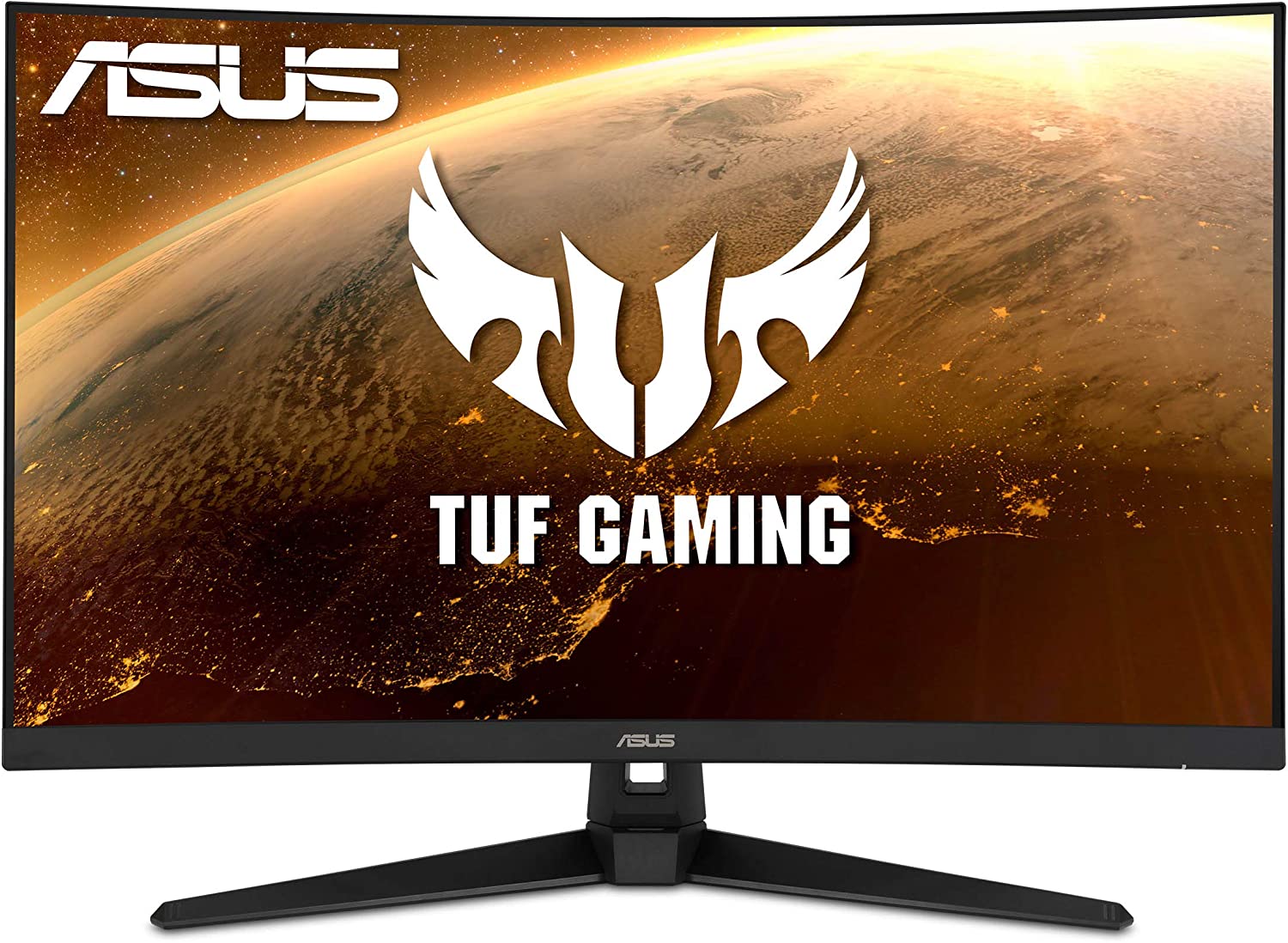

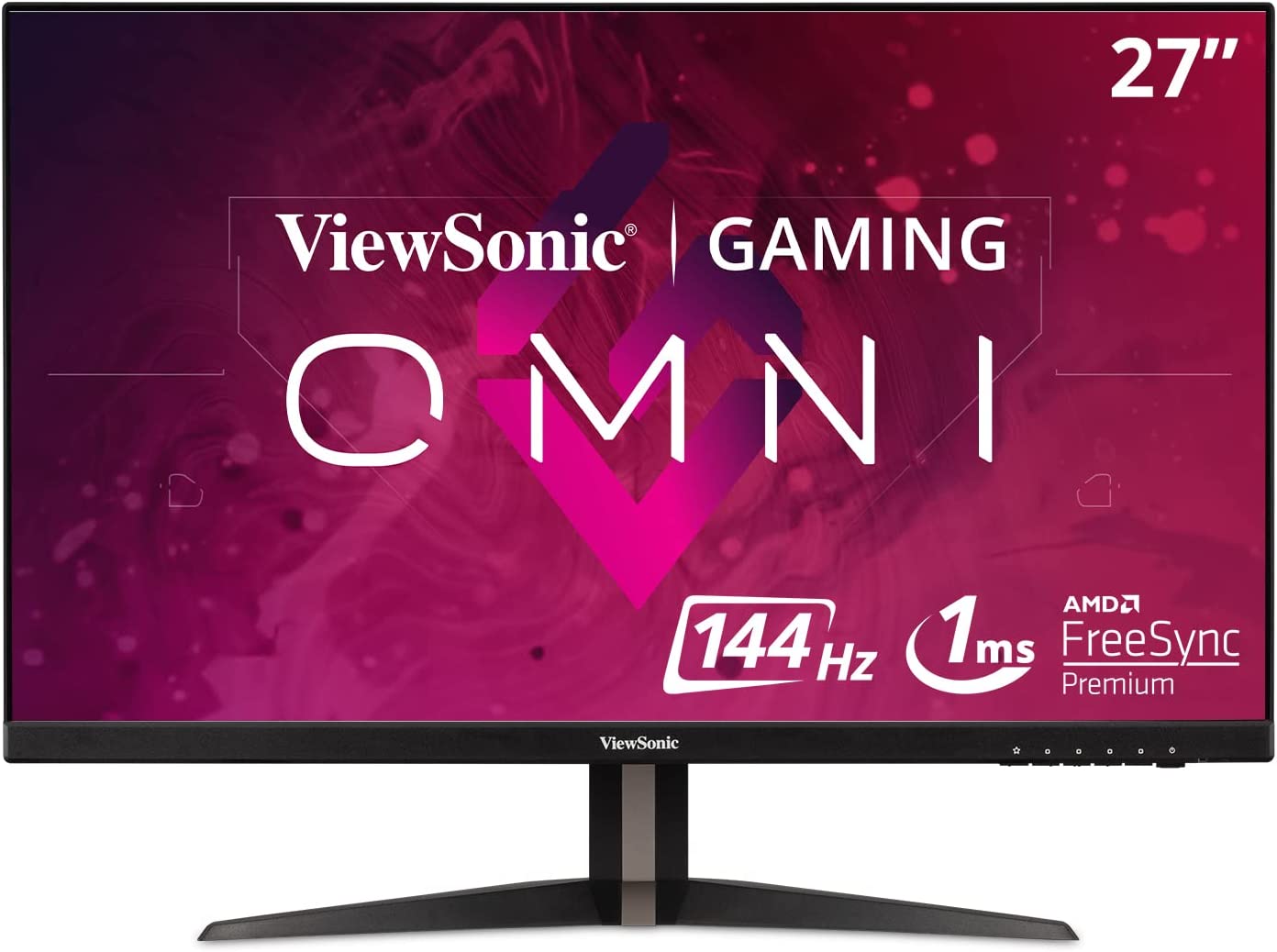
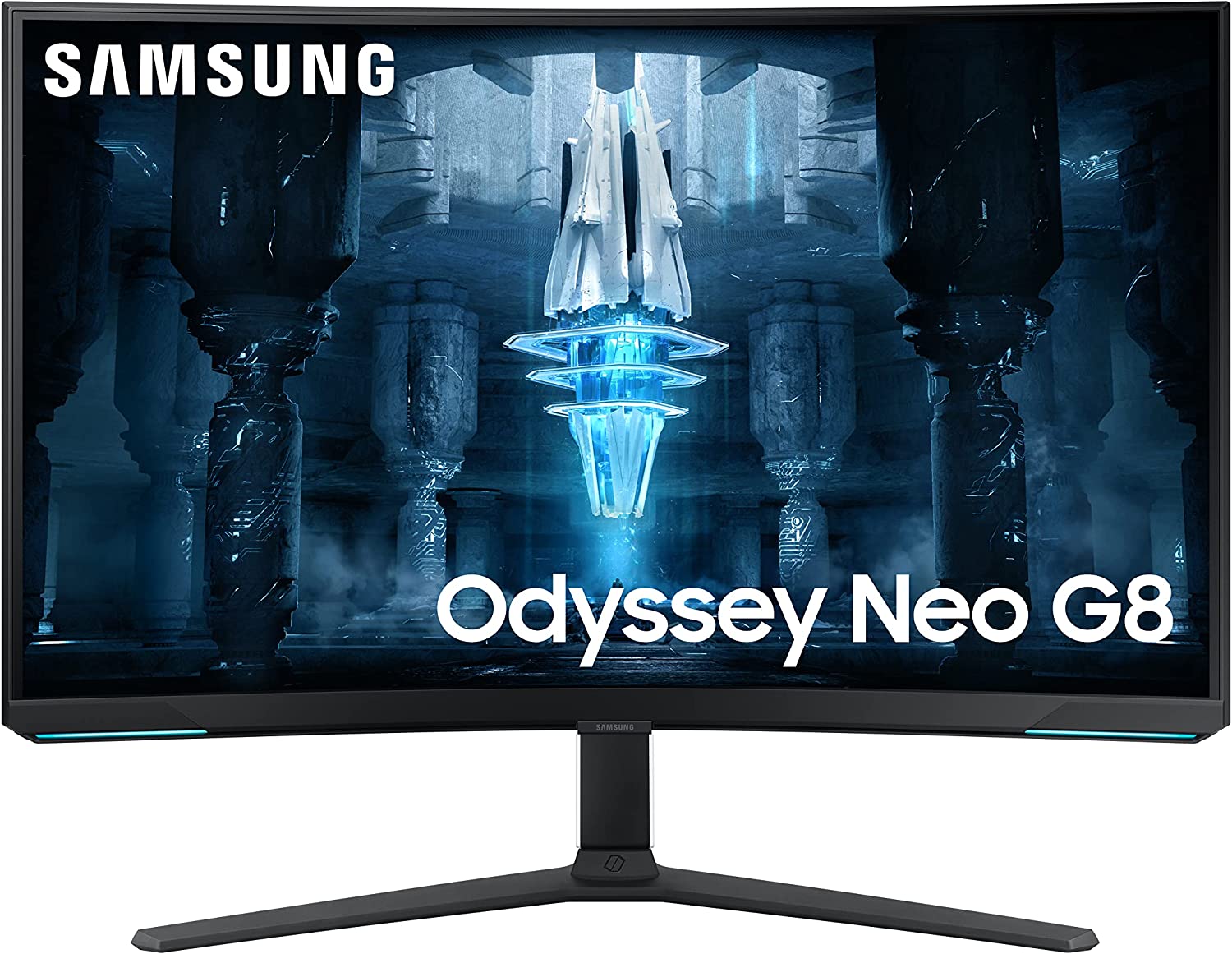
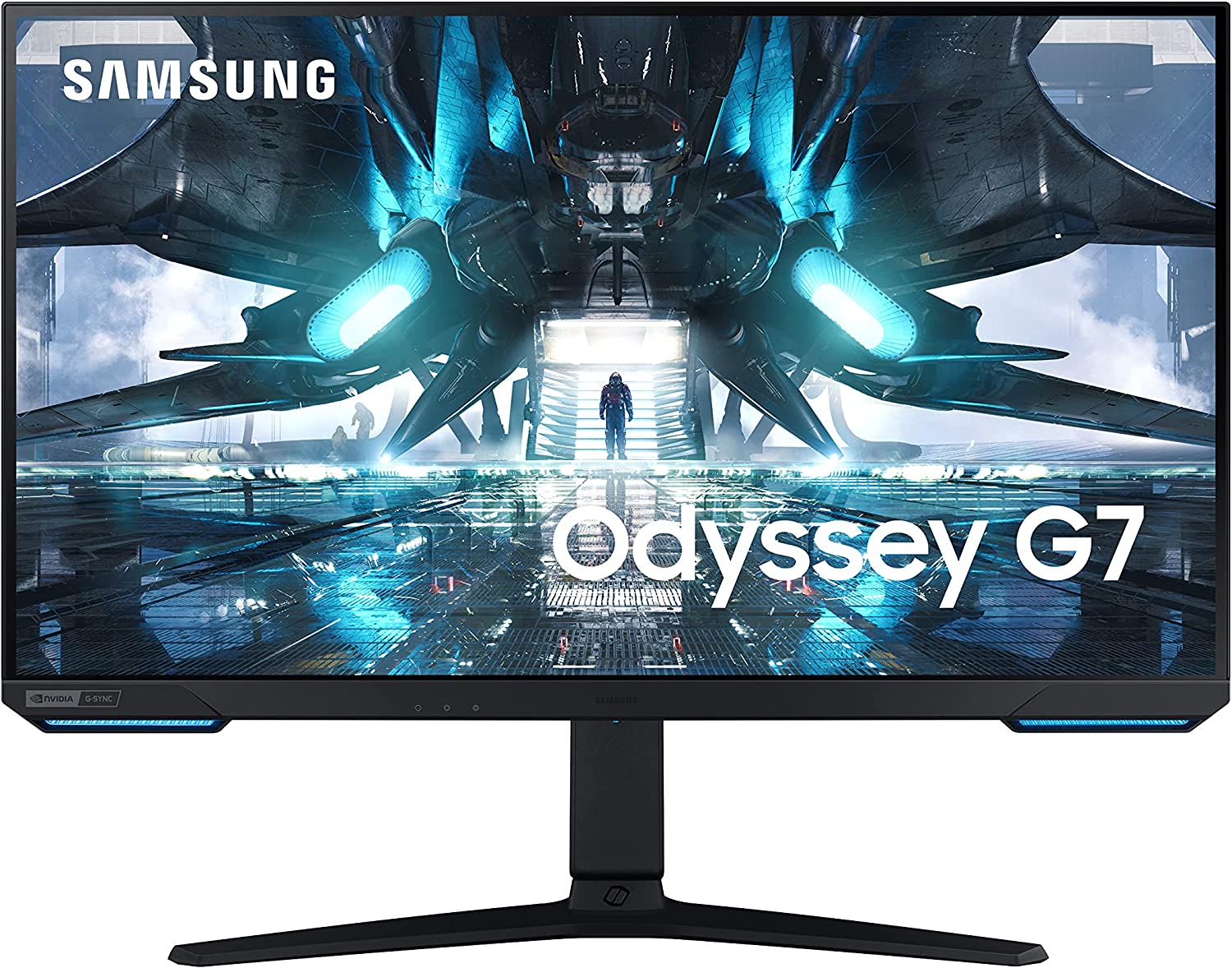
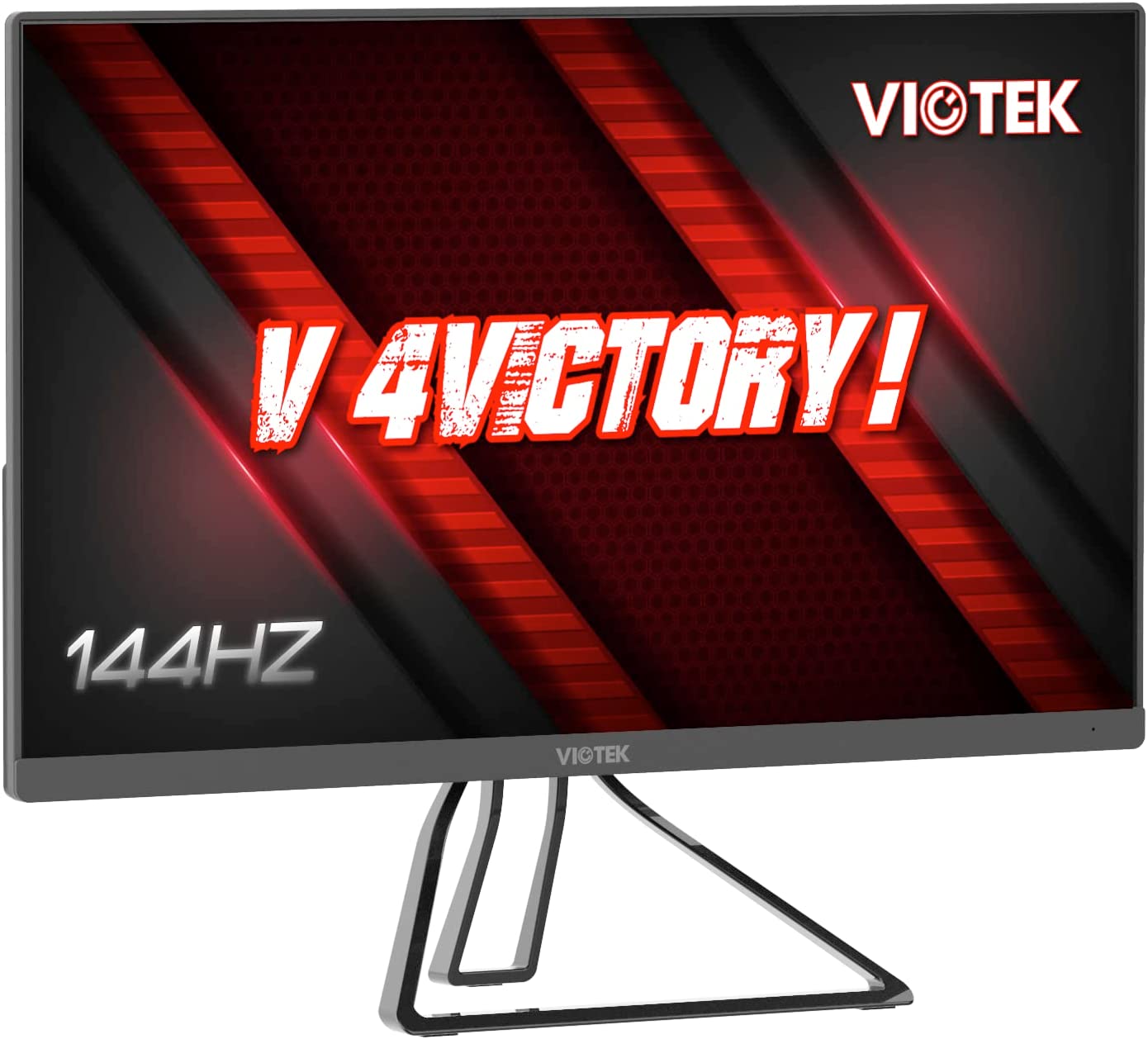
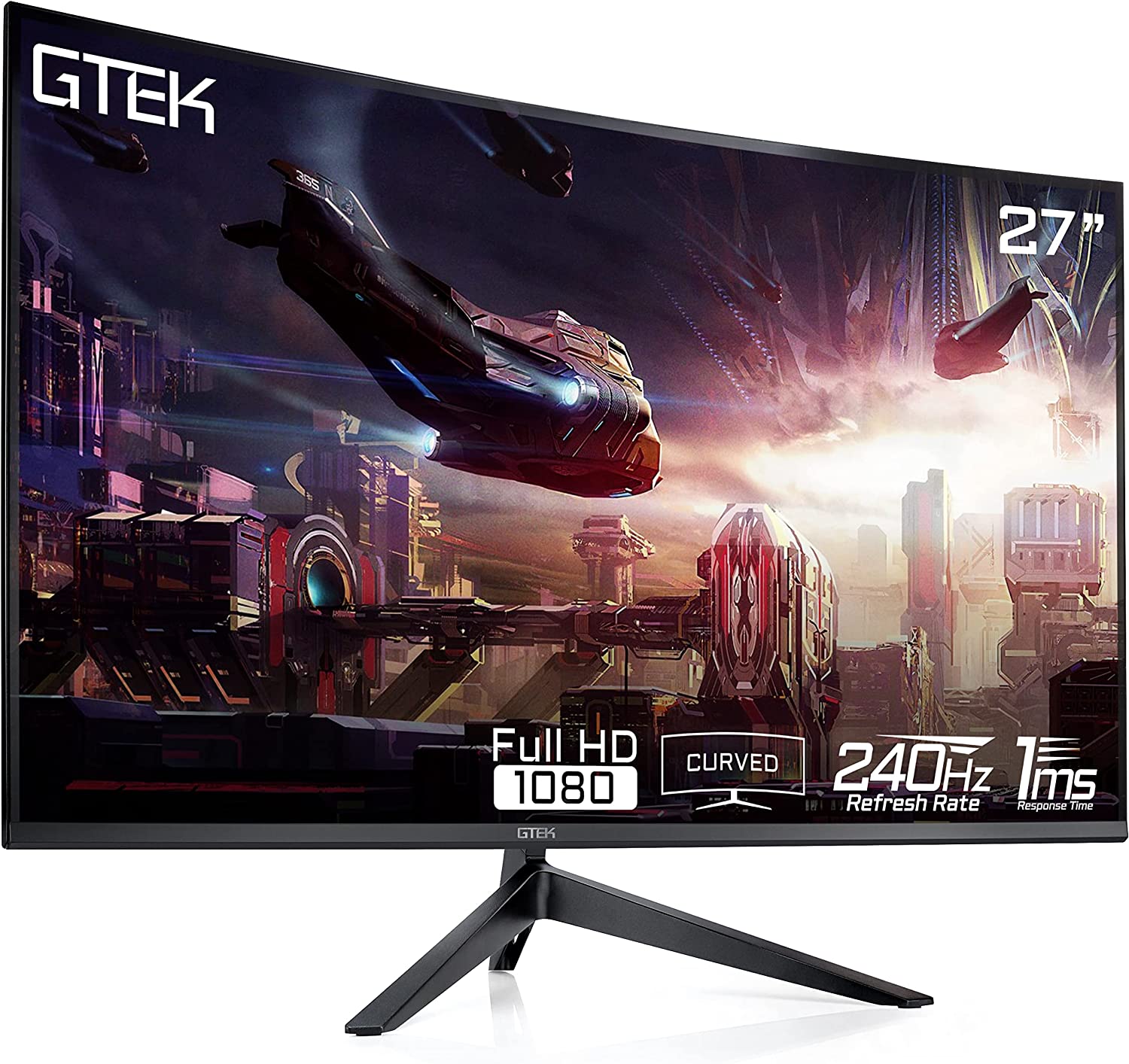
1 comment
Can also recommend the IIYAMA XUB2792QSU. Very happy with mine after 6 months. Closest in spec is probably the benq 27 if that’s on your shortlist. I’m told 100hz is the dogs danglies but i prioritised IPS over gaming.
Regards
MJ
Comments are closed.